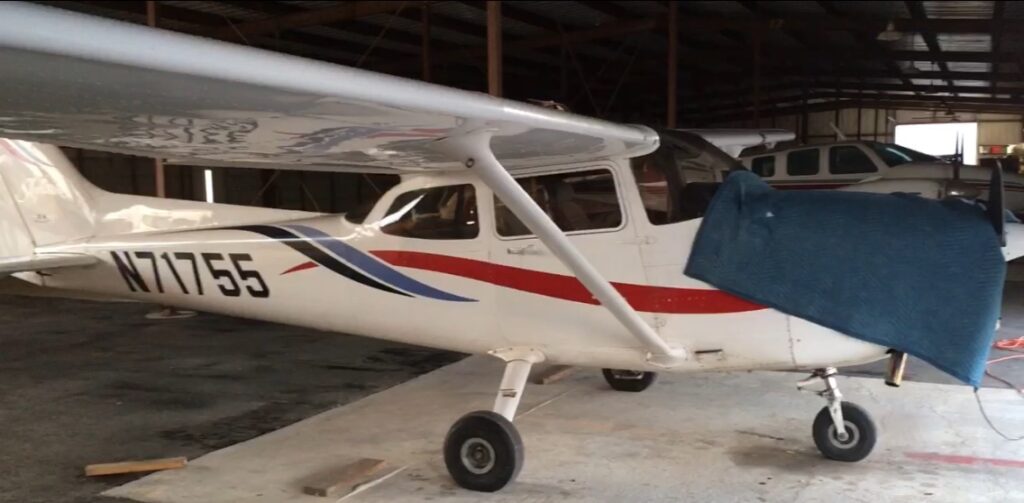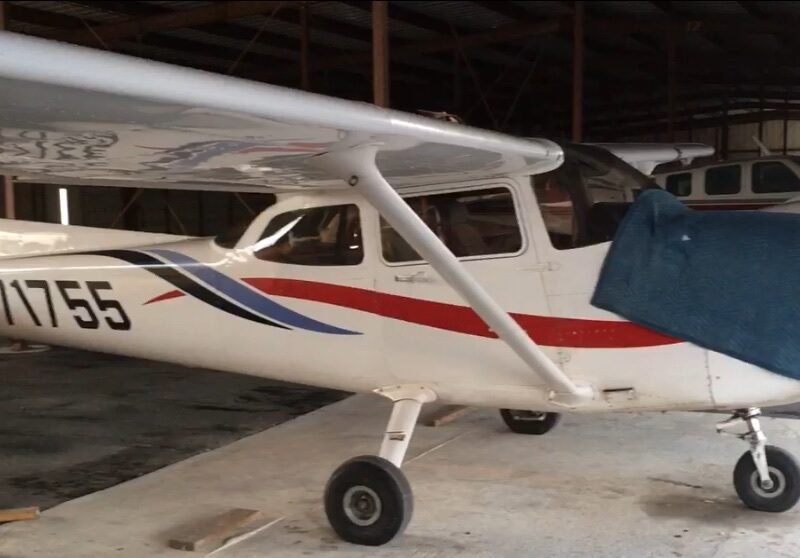At the end of my most recent lesson, my log book rolled over the 10hr mark; ten hours of dual instruction in a 1999 Cessna 172R. The primary takeaway from my experience so far has been that it was not like I expected. This is not to say it was a negative experience. Simply that it was very different than I had imagined in several ways.

First, learning to fly an airplane is a lot harder than I thought it would be. Lest this seem like an obvious statement, an explanation is in order. As someone who had been flying model airplanes for quite some time, the transition to being inside the airplane seemed like a simple step; at least in part because maintaining orientation awareness (where the directional controls of the aircraft are backwards when it is pointed at the pilot) is not an issue. However this is pretty much the only benefit to being in the airplane. It is much more difficult in many ways.
- At least an order of magnitude greater precision is required when piloting a manned aircraft. When flying a small radio controlled aircraft, frequently all maneuvering is done over a wide open field. Thus when planning to land, almost any distance in any direction can be the desired touchdown point. However, when landing a full scale aircraft on a runway. There is leeway of about half an aircraft’s width side-to-side, and maybe a dozen aircraft’s lengths in the direction of the runway. Speed is also much more important. A pilot cannot simply turn base-to-final at cruising speed and fly the aircraft until it lands. He must carefully manage both speed and altitude so that the airplane runs out of energy precisely on the first quarter of the runway.
- Judging altitude when landing is difficult. Fundamentally, the method of landing a small aircraft is to fly “over the numbers” at just a bit faster than stall speed, and continue to fly the airplane just a few feet off the ground, with increasing back pressure and thus increasing angle of attack, until it has no more energy left to give, and sets down gracefully on the runway. But that’s the tricky part! How do you fly an airplane just a few feet off the runway for several seconds? Well, it’s much harder than it sounds, and it requires a sort of subconscious situational awareness and discipline of the eyes which only came to me after about fifteen or more landings with varying amounts of salvation from my instructor.
- You don’t always fly coordinated. Because the basic function of the rudder is to correct for adverse yaw, it is normally applied in coordination with aileron application. (Read Stick and Rudder by Wolfgang Langewiesche for the complete explanation.) However, there are times when it is applied opposite of the aileron. When landing in slow flight, the pilot must never apply too much rudder, causing a skidding turn, and risking stall-spin while near the ground. However, when lining up with the runway, rudder should be used to keep the airplane pointed in a direction parallel with the runway, and aileron should be applied to “strafe” (in the video game sense) side-to-side to remain centered on the runway. This frequently results in a cross-coordinated control input where the rudder is in the opposite direction of the aileron. A co-worker who is a certified flight instructor told me to treat every landing as though it were a crosswind landing. I have found this insight useful.
- Aerial navigation takes some getting used to. Everything looks much different from the air. There were many unfortunate moments in the first few lessons when my instructor asked me where we were, and I had no idea. Eventually it came to me. “Satellite view” in google maps also familiarized me with the the geometry of the areas near the airport.
Learning to fly has been both an exhilarating and humbling experience. There were lessons where I panicked and couldn’t land. There were days when I drove home wondering if it would ever click. But it has been clicking. I haven’t soloed yet, but it’s on the horizon. And even after earning a license, it is only a license to learn.
